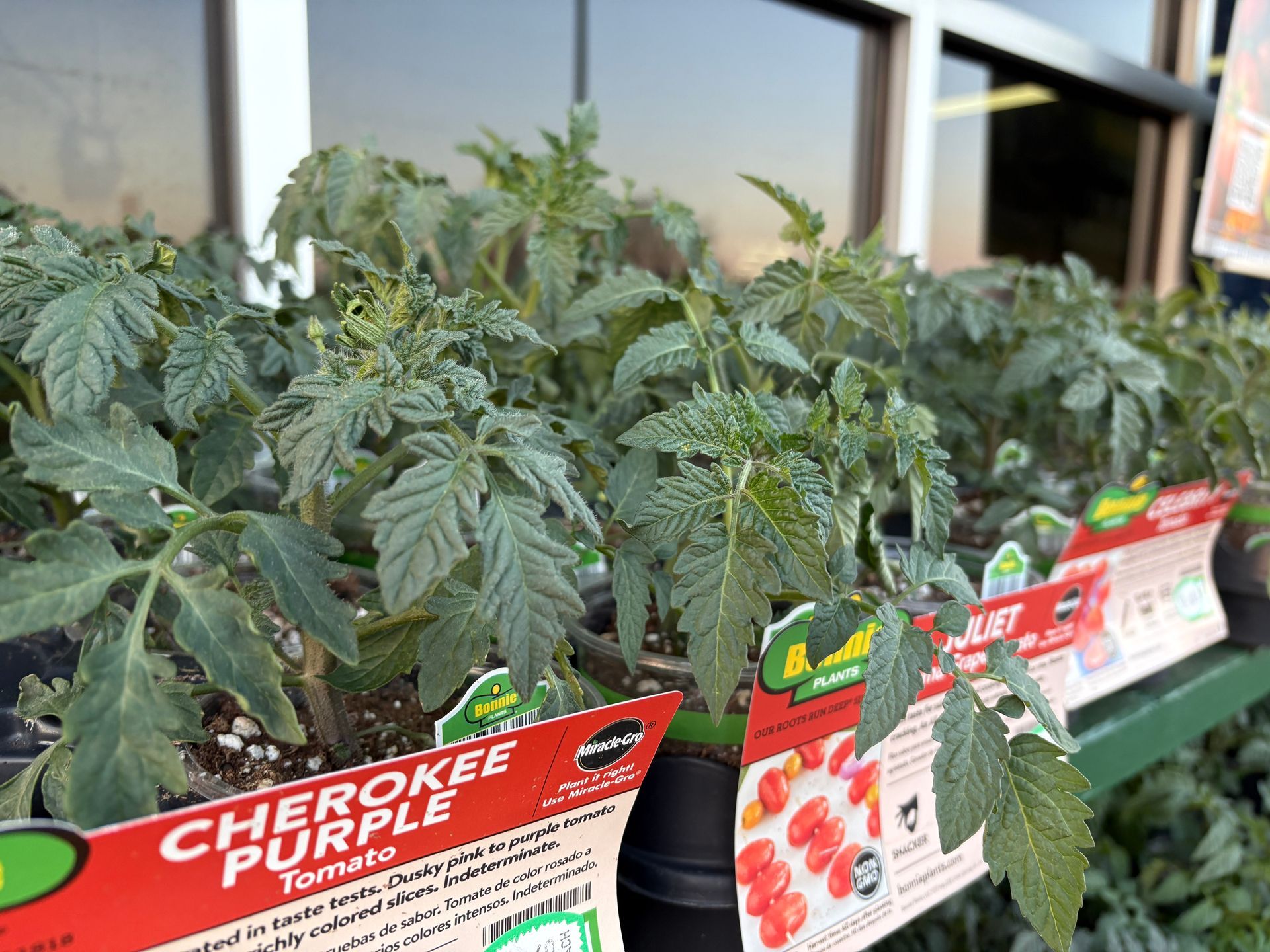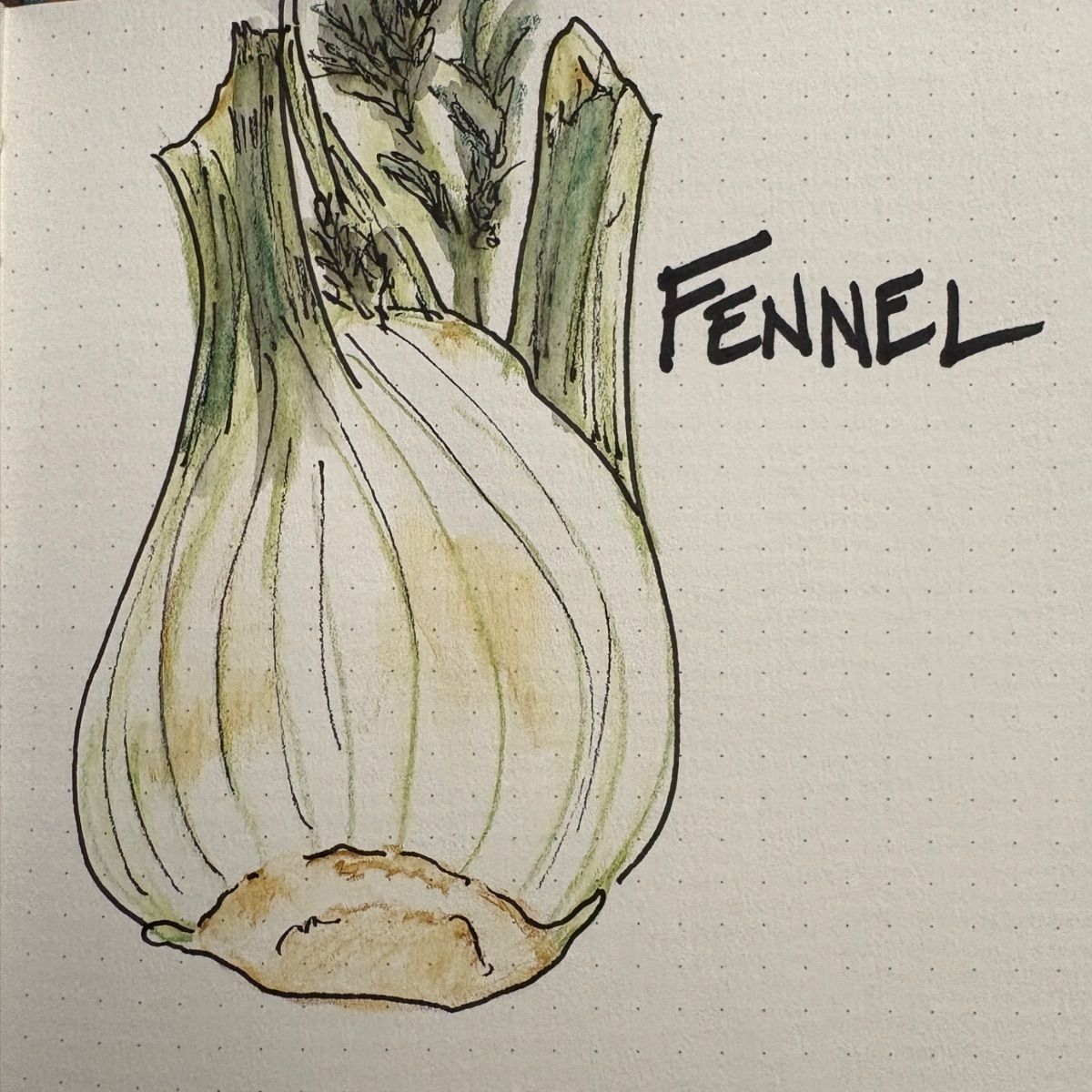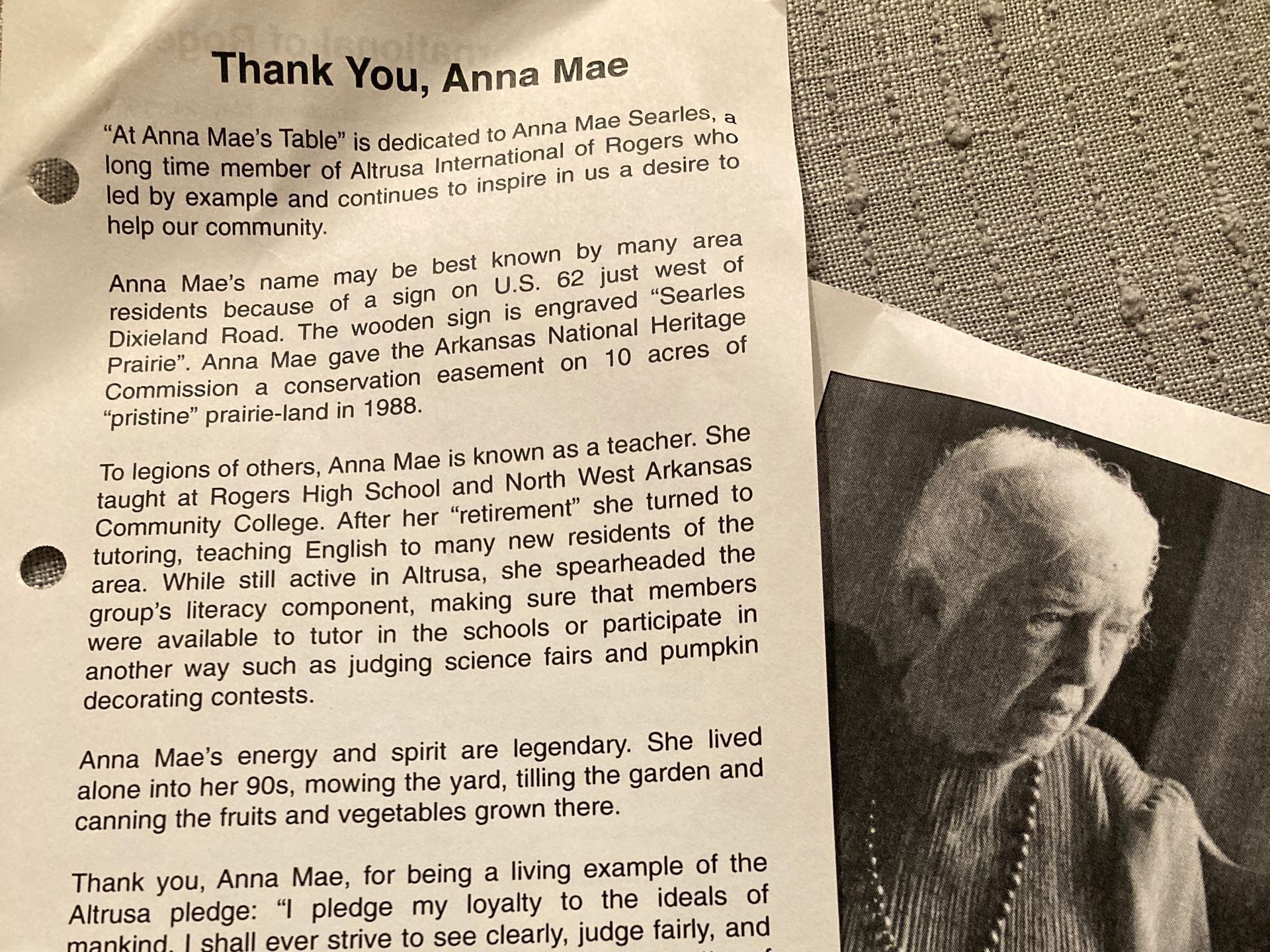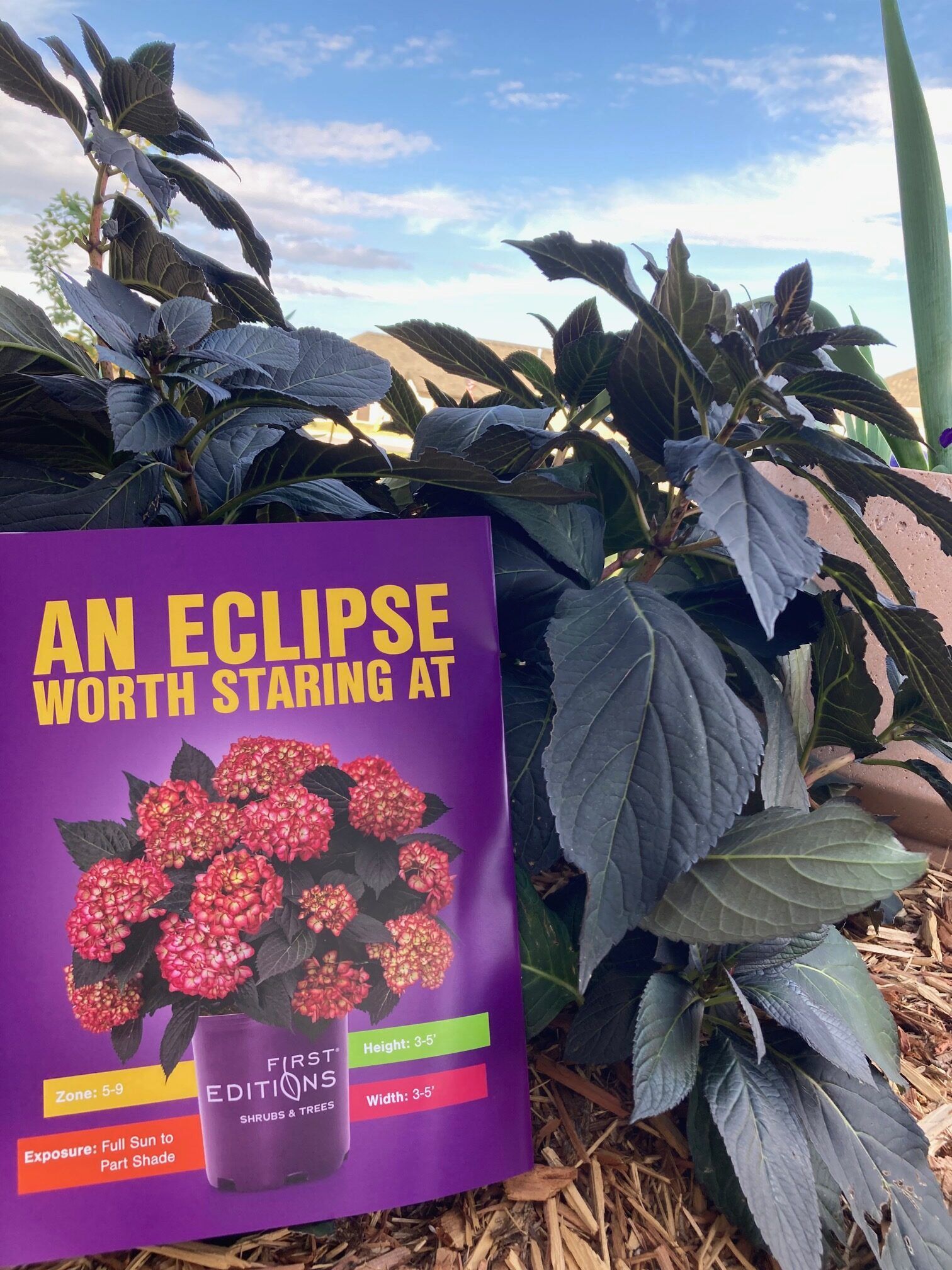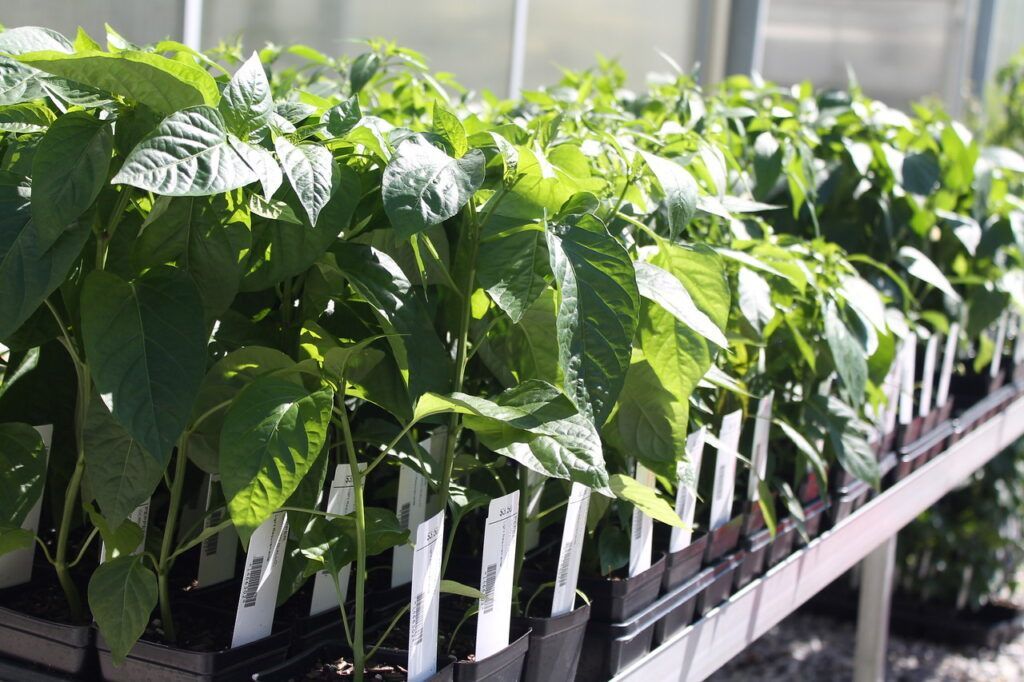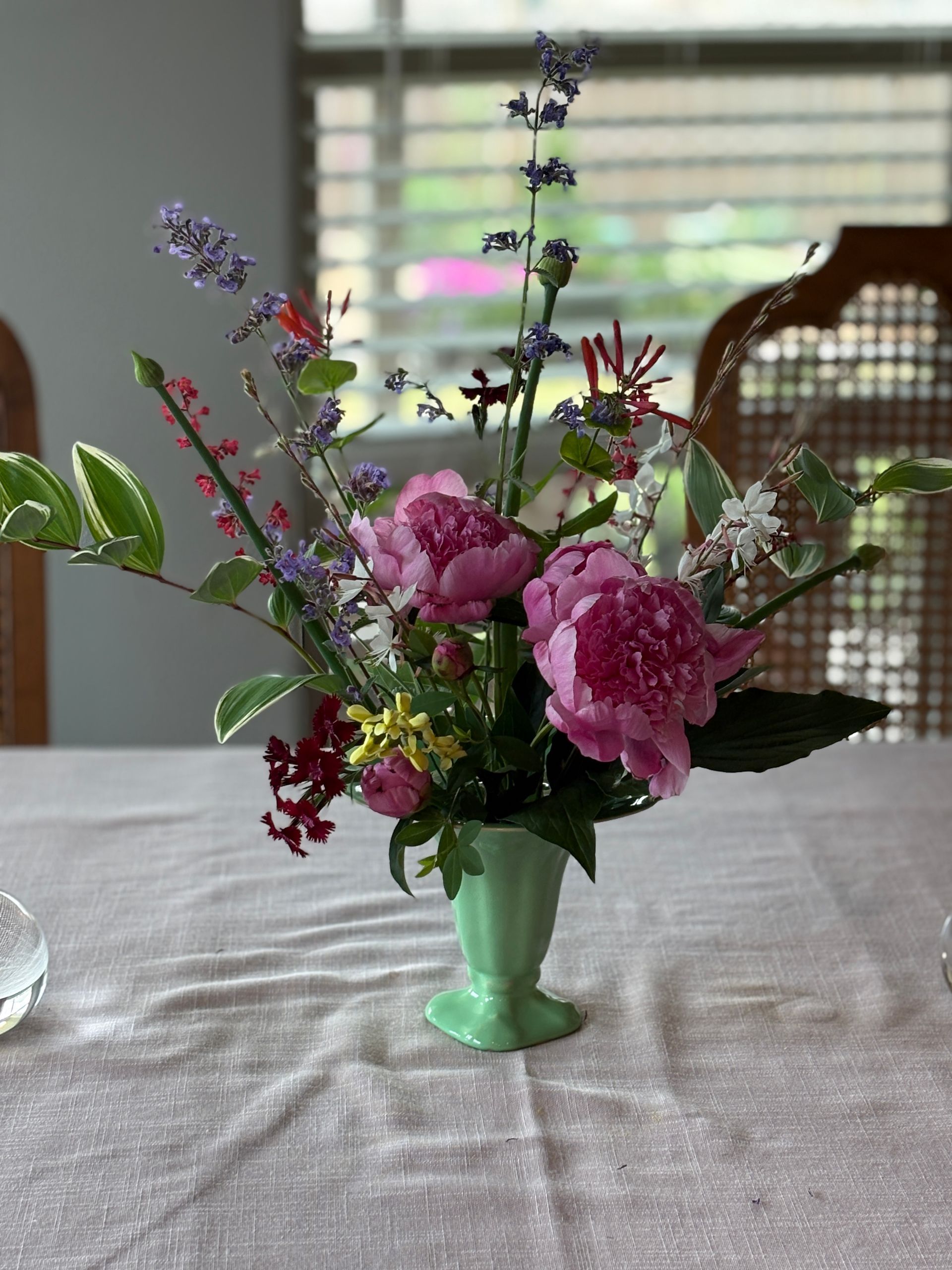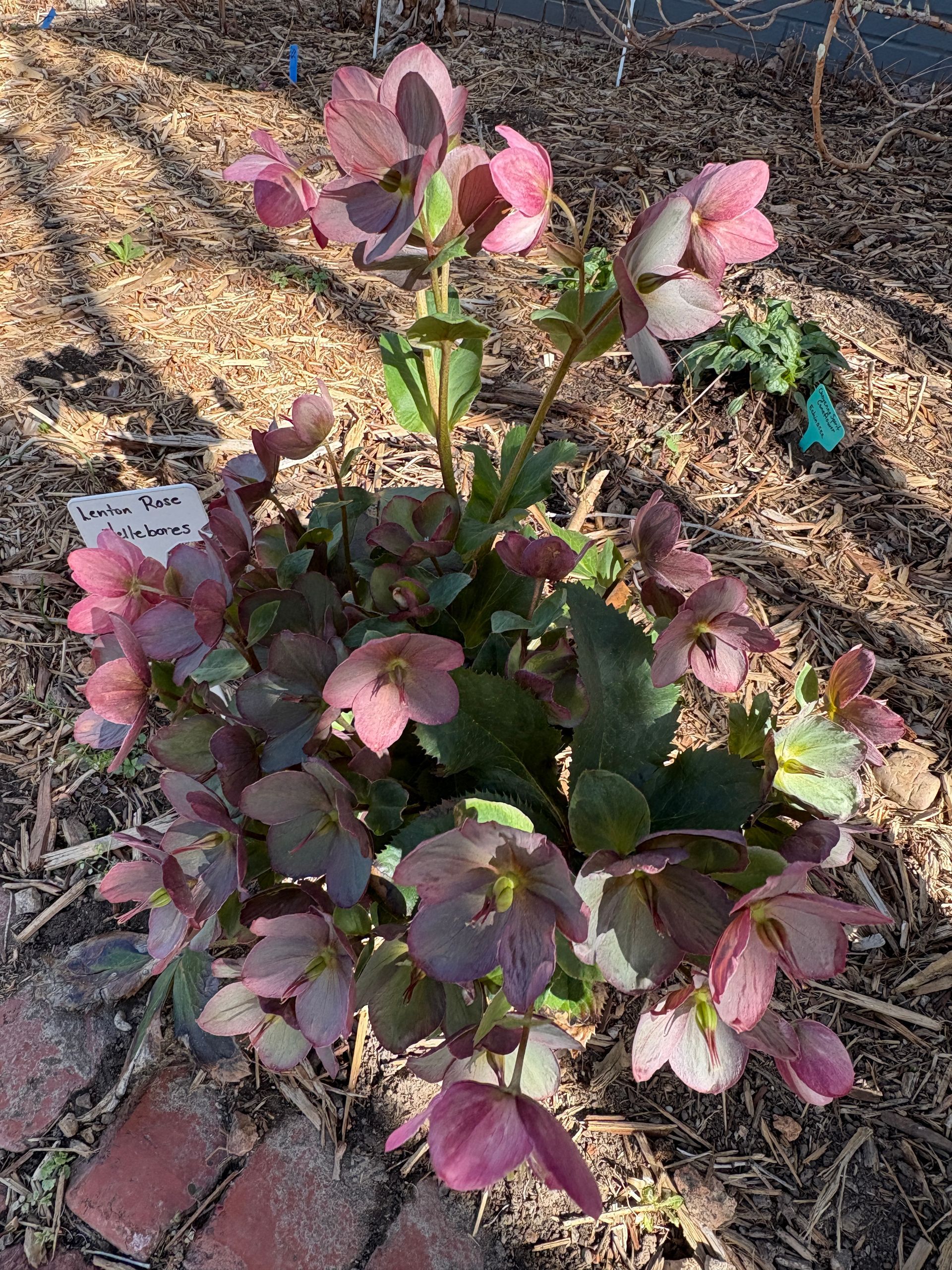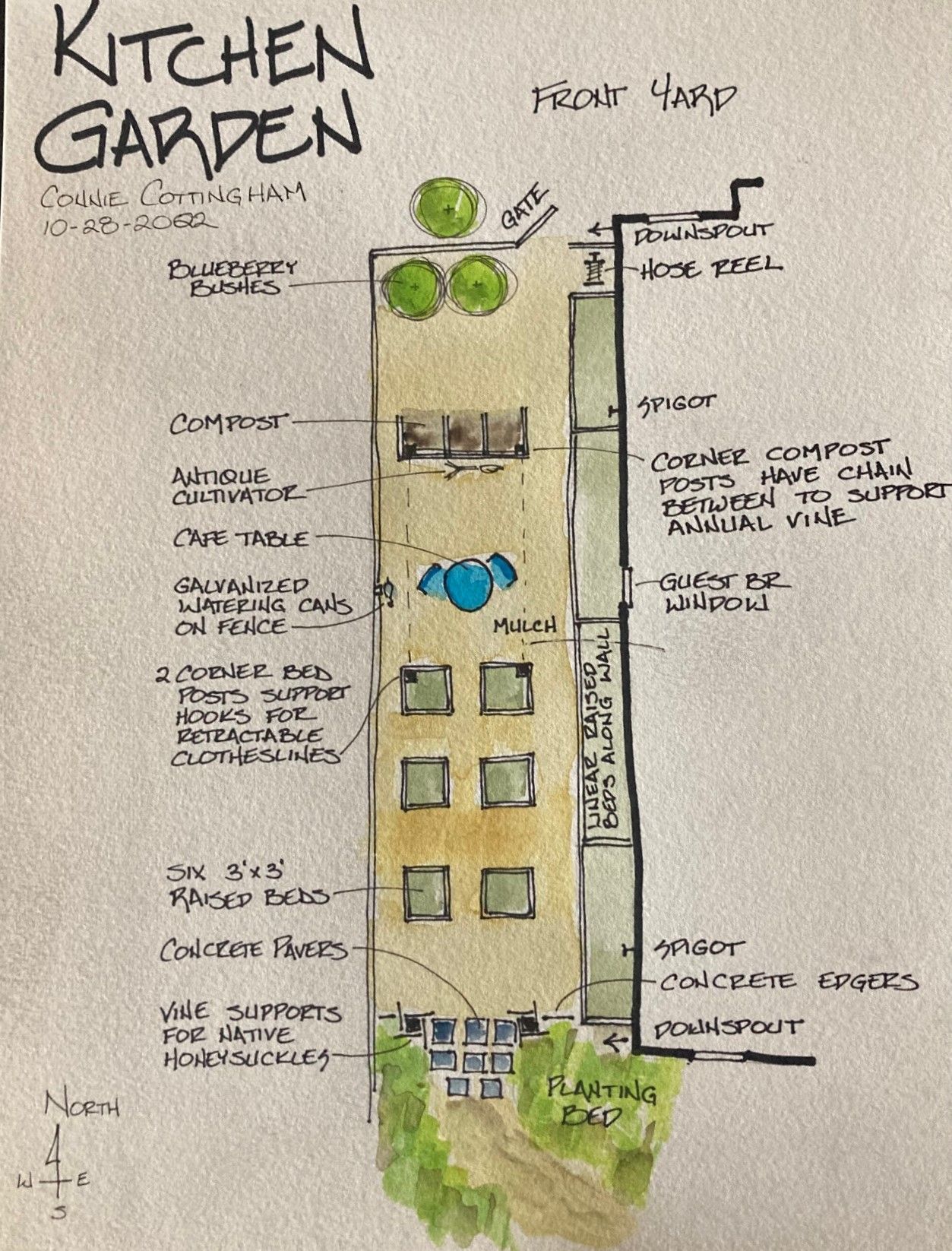No Mow May
In late April, clover was in full bloom in our backyard and my biweekly lawn service was scheduled. So I dragged out a few outdoor chairs, the dolly, a planter.. then took pink string and wound it around the circle. When the mowers arrived, I stepped outside and communicated with the leader on the loud mower with sign language: point to my protected clover, thumbs up, hand over heart – “Yay! You saved the patch of clover for my bees. Perfect. Thank you!” This was the second year he mowed around clover so some blooms would remain to feed the bees. Within a week, a new crop of clover flowers was blooming throughout my backyard. I thought mine was a unique request, and it may have been for the guy on the mower, but this is happening more and more on a much bigger scale.
“No Mow May” started in Britain a few years ago. Turns out, lawns mowed every four weeks produce a lot of nectar and flowers, and one of the three most prolific flowers in a British study supporting this is clover. Let the grass grow longer and there may be more diversity of flowers, but less nectar, May is when the bees are emerging and need to feed on nectar. Having a nectar supply available at this time is critical to supporting our bee population. Keep in mind that England is much further north than my garden in Georgia. But what if a patch of our lawns were converted to short meadows, or lawns were mown every two weeks? Could your backyard make a difference?
No Mow May’ is going strong, as reported in Popular Science , Gardens Illustrated and Good Housekeeping. I first heard about it in last month’s tour of Moss Mountain Farm , P. Allan Smith’s home in Arkansas, when the tour guide proudly announced the fields of daffodils that we were looking at in early April were going to have only paths and gathering areas mown during ‘No Mow May’.
Bee Cities , like Madison, WI , where I will be spending a few days touring gardens next month, are adopting Now Mow May legislation. Even some HOAs are relaxing mowing restrictions in May for participants. That is encouraging since I am about to move into a neighborhood with an HOA and Bermuda sod installed in every home (complete with instructions on when to apply the chemicals or a suggestion to hire a lawn service to comply with HOA). I am desperately reading and looking at Pinterest to find ideas for a ‘No Bermuda Yard’ that passes HOA rules. My sister is willing to take my sod to her pasture in exchange for all-I-can-shovel horse manure. First step: fence the backyard.
‘No Mow May’ is a great idea, although ‘May’ not be as universal as it is fun to say. Keep in mind that England is much further north than my garden in Georgia. But what if a patch of our lawns were converted to short meadows, mown every four weeks or so? Could your backyard make a difference?
There are other great ideas to get our gardens (as well as school grounds and more) networked to help insects, pollinators, and birds thrive. Doug Tallamy, author of Bringing Nature Home , cofounded Homegrown National Park® , a “call-to-action to restore biodiversity one person at a time”. Could private gardens really add up to make a difference? I think so – lawns add up to 2% of land in the US, making them the single largest irrigated crop we grow ( beecityusa.com ).
Georgia is the home of ‘Connect to Protect’ which creates gardens in public areas to inspire people to plant native plants in their gardens. The idea is native plantings scattered throughout home and public landscapes allow native insects to find food sources. And the birds we so love need those insects as their food sources, especially when they are feeding their young.
Note: This is the text of a recent Love Note from the Garden.
